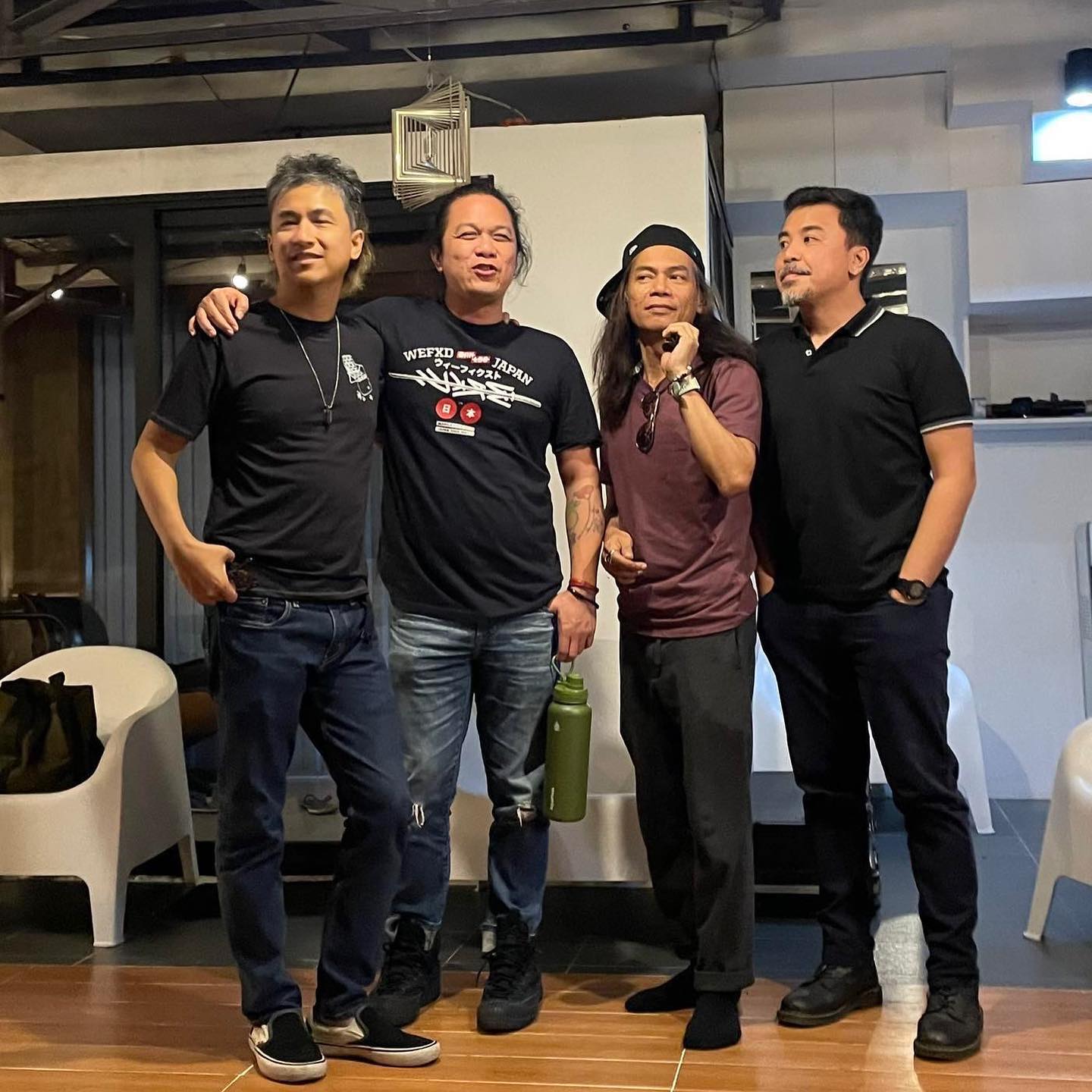
The kids of the 90s embraced the Eraserheads as chroniclers, mystics, megaphones, soothsayers. The band from Diliman embodied their personas; their past, present, and future.
By Joey Salgado
Boomers have been wondering what all the hysteria over the Eraserheads reunion was about (You know, the one where they got together for a one-night farewell show in December and 75,000 people showed up). As a certified late Boomer/early Gen Xer (depending on the generational matrix), let me try to offer an explanation.
The Eraserheads were part of and spoke for a generation looking for clues. The broken, the aimless, the children of the diaspora, the generation that came of age when our nation was in flux. We were still flush with the euphoria of the Edsa Revolution yet growing increasingly aware that governing was a lot harder than overthrowing a dictator. The old power structures have crumbled, but new ones emerged and the older ones have made a comeback. Popular culture was in a senescence state; pop music had reclaimed the airwaves from Pinoy Rock. The long-haired, red-eyed rockers wielding guitars on noontime TV and radio have been eased out. The glammed up, hair-sprayed, shoulder-padded pimple-free teeny boppers were back. Politicians and the self-appointed guardians of morality were still telling kids what they should not listen to (“Don’t listen to ‘Alapaap,’ it will turn you into a drug addict”). Radio stations were being told to ban songs with so-called explicit lyrics, offensive to older sensibilities.
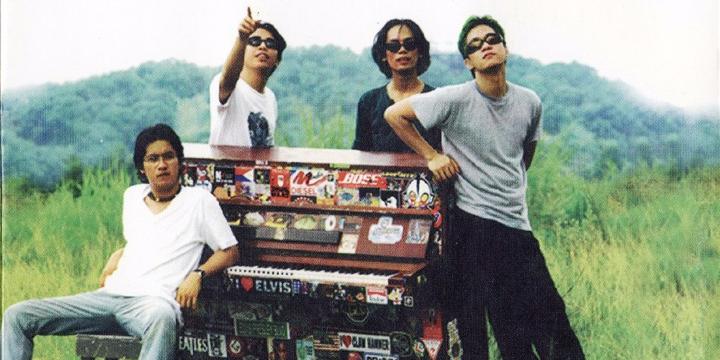
But the kids would win in the end. They would set out to define their music and their lifestyle on their own terms.
The Eraserheads never consciously sought to change the cultural landscape. They were just four boys who couldn’t play cover songs for shit, so they decided to write their own stuff. They wrote about their life experiences. Turns out millions of kids shared these experiences too. They sang about collecting soft drinks bottle caps from a neighborhood “tindahan,” eating “isaw,” making “pa-cute,” bumming around. They talked about UP a lot, with winking references to campus landmarks. They were not slick, they were not “tisoy.” They were labelled “baduy.” But they never claimed to be otherwise. The Heads were of the “masa,” for the “masa.” They were a pop group that became a multi-million pop machine.
The kids who dug the Heads were the early adopters of this new-fangled thingy called the internet (Internet Explorer, floppy disks, and dial-up modems, anyone?), and later fiddled with this other thingy called Facebook. They taped music videos and television performances, sharing and oversharing. In their search for musical idols, they saw four guys who looked like them, singing about their lives. The kids of the 90s embraced the Eraserheads as chroniclers, mystics, megaphones, soothsayers. The band from Diliman embodied their personas; their past, present, and future.
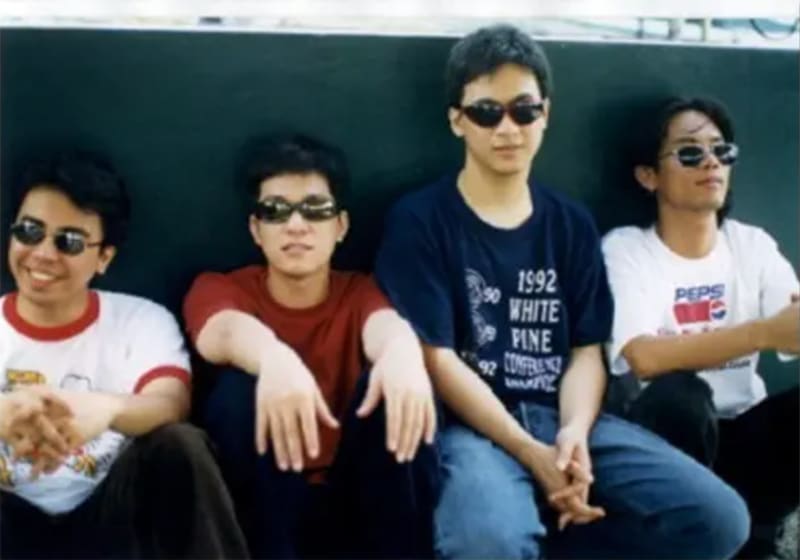
But the Heads were not only about the 90s, although they pretty much defined 90s music. These four provincial boys were elementary kids in the 70s. There was a convergence of pop culture touchstones with a segment of the generation before them, their “kuyas” and “titos.” They listened to the same songs on the radio, wore the same clothes, watched the same TV shows on black and white television. This explains their easy cultural references to the 70s, the dance hit “El Bimbo” being the most well-known. The Heads triggered nostalgia among late Boomers, spoke of and for Gen X, and were bequeathed to Millennials and Gen Z by their late Boomer and Gen X parents. From the generation lost in space to the generation tethered to cyberspace.
To describe the Eraserheads’ body of recorded work as feel-good music underplays the deeper, more complex, sometimes darker currents that run through “Cutterpillow” and the albums that followed. To ignore them would be like chasing sunshine and ignoring the gray skies. The deep cut “Yoko,” for example, is a diatribe against compulsory military training. It’s an angry and provocative song, a protest song in all respects. Nearly 30 years later, the song would gain relevance with the move to restore mandatory ROTC. In its original recording, the lines “Milyun-milyong Pilipinong estudyante/Tumiwalag, palayain ang sarili” were delivered to a fade, barely an audible whisper. At the concert, it was shouted as a defiant slogan.
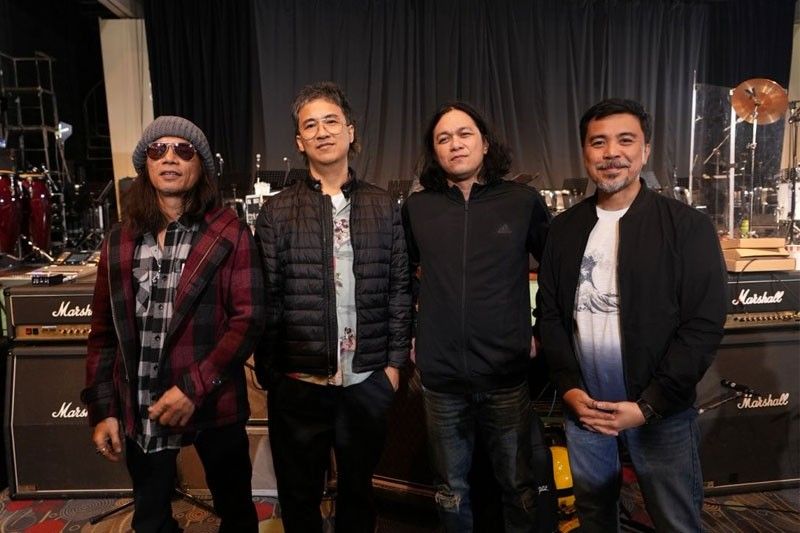
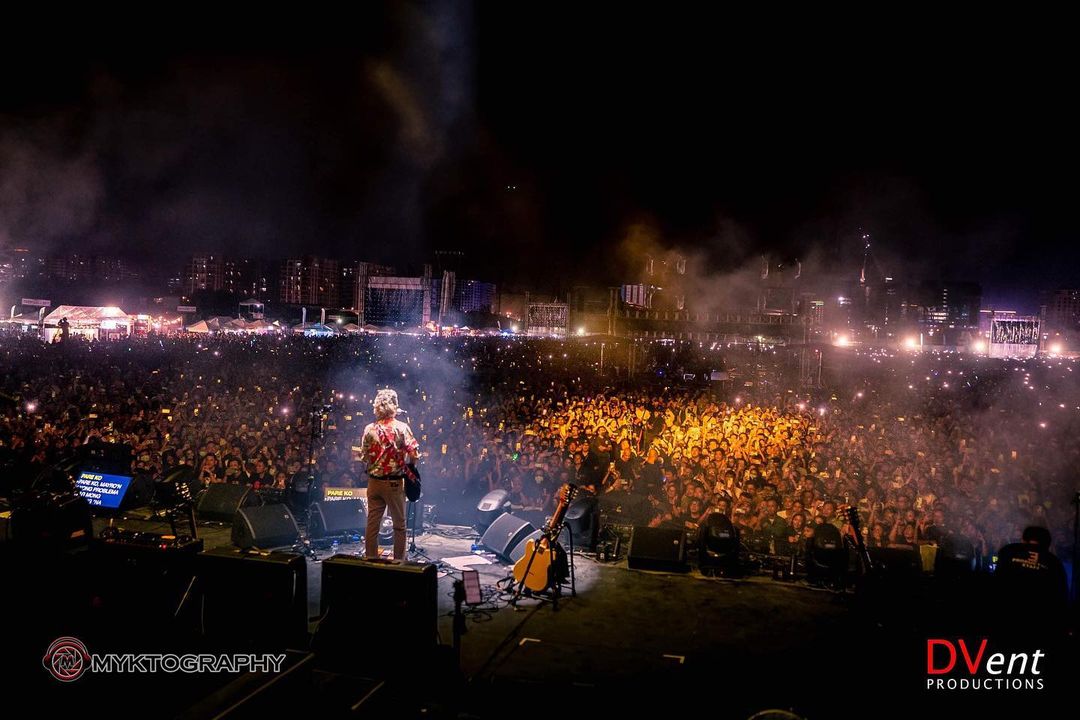

Most local rock bands that emerged in the 70s, 80s and 90s were rigid in their fealty to hard rock, blues rock, metal, punk or new wave. They thumbed their noses at playing to a mass market. The Heads, on the other hand, were not musical snobs, and the December show was a declaration of the band’s unabashed affinity to pop music. The radio-friendly 90s hits that opened the first and second sets courtesy of the Diegos made that clear.
At the peak of the “rock vs. hiphop” craziness in the 90s, the band collaborated with Francis M and it yielded the hit “Superproxy” (Francis M’s hologram was projected on stage during the number). “Superproxy” was a kiss-off to the troglodytes, a punk-rap manifesto and a sonic reminder that the decade’s most exciting and incendiary songs were being made by bands like the Beastie Boys, the Rollins Band, Body Count, Red Hot Chili Peppers and Rage Against the Machine.
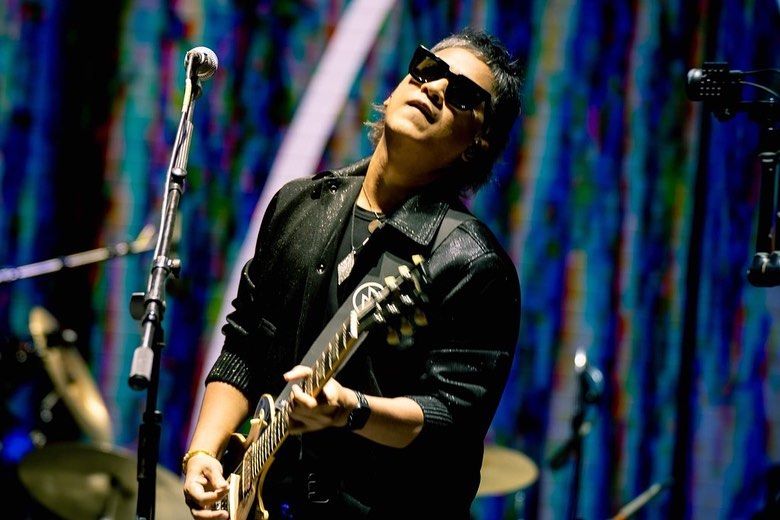
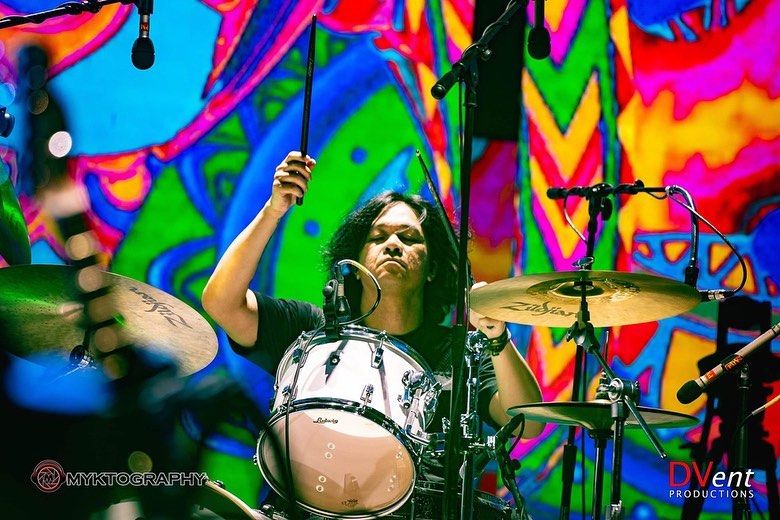

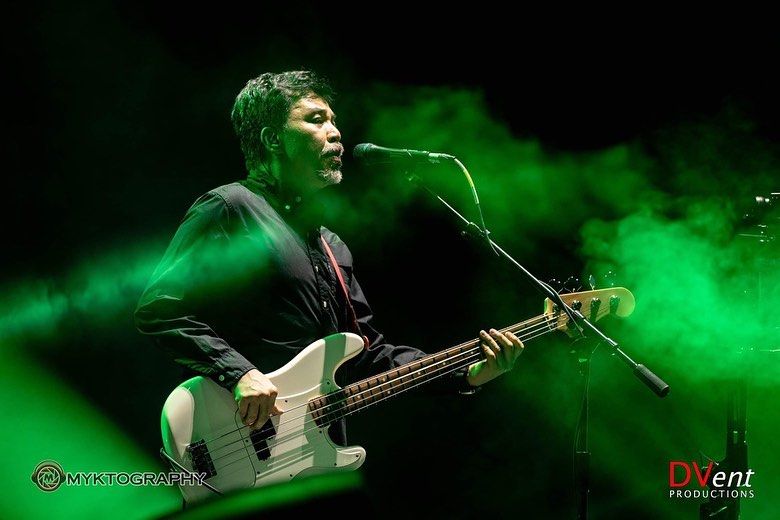
The December concert was not for the casual Eraserheads fan, although there were plenty of them. The band devoted their first set entirely to their landmark third album “Cutterpillow,” the songs performed in the order they appeared on the album. You can easily pluck out the diehards in the crowd. They were the ones singing, or shouting, along to all the songs and live tweeting about it. While the band pulled out all the stops on their second set, the first set was the Eraserheads’ valentine to the true believers, the ones who have journeyed with the band through the years, through the break-ups and reunions, and even when their latter songs became sonically complex and lyrically inscrutable. That was part of the charm. And the magic.
If you liked what you just read and want more of Our Brew, subscribe to get notified. Just enter your email below.

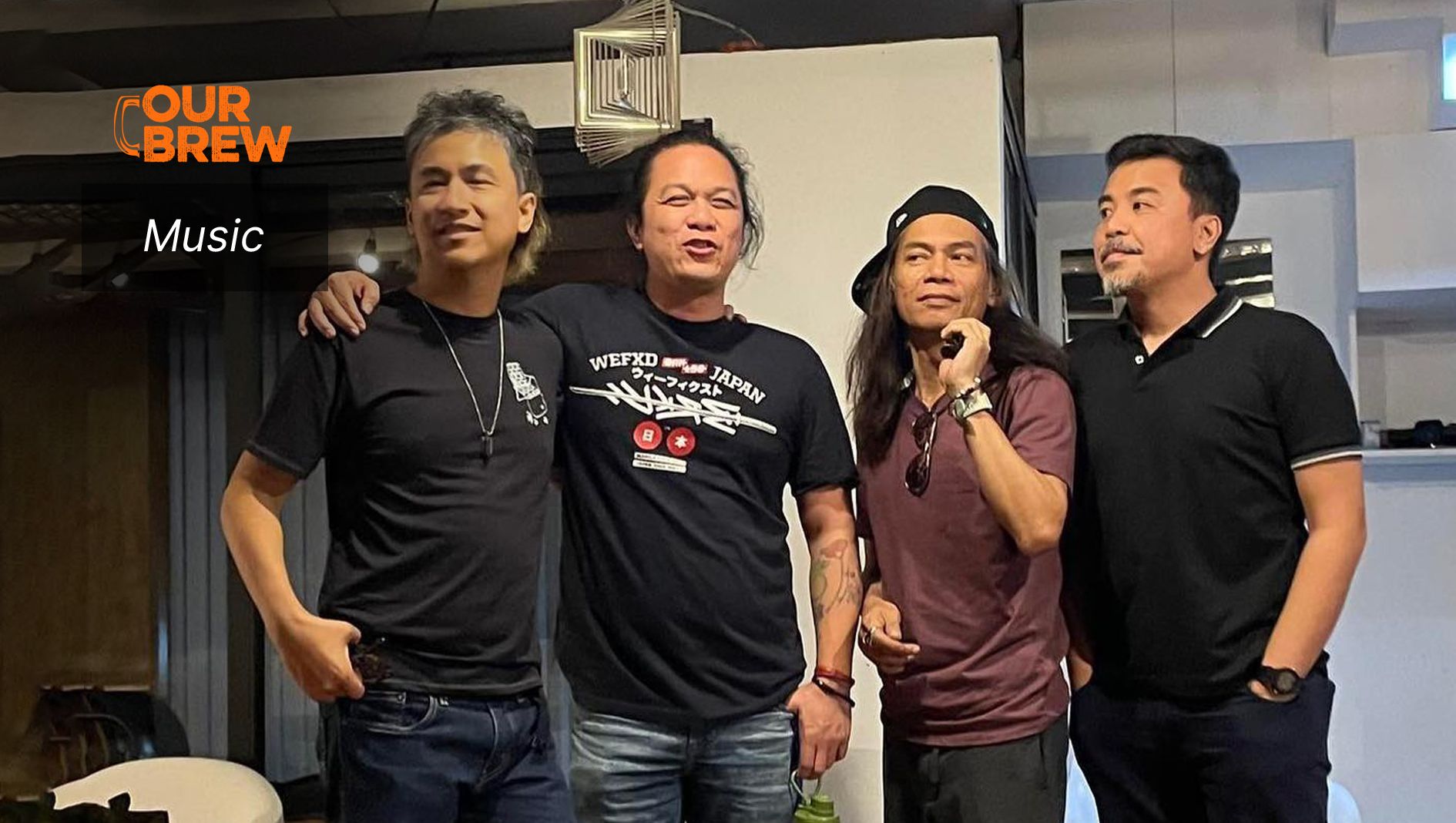
Related Posts
Edgar Mortiz Throws a Listening Party for Friends
Jul 15, 2024
Does the President Still Want to Give Paul McCartney a Haircut?
Jul 07, 2024
Joey Ayala’s Gawad ng Sining Award is Long Overdue
Jun 07, 2024